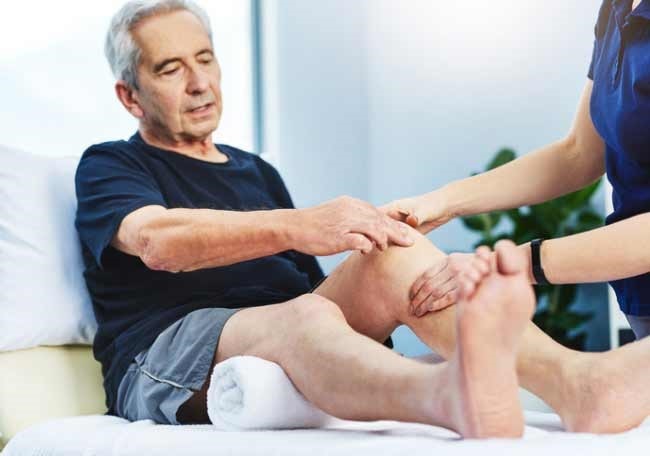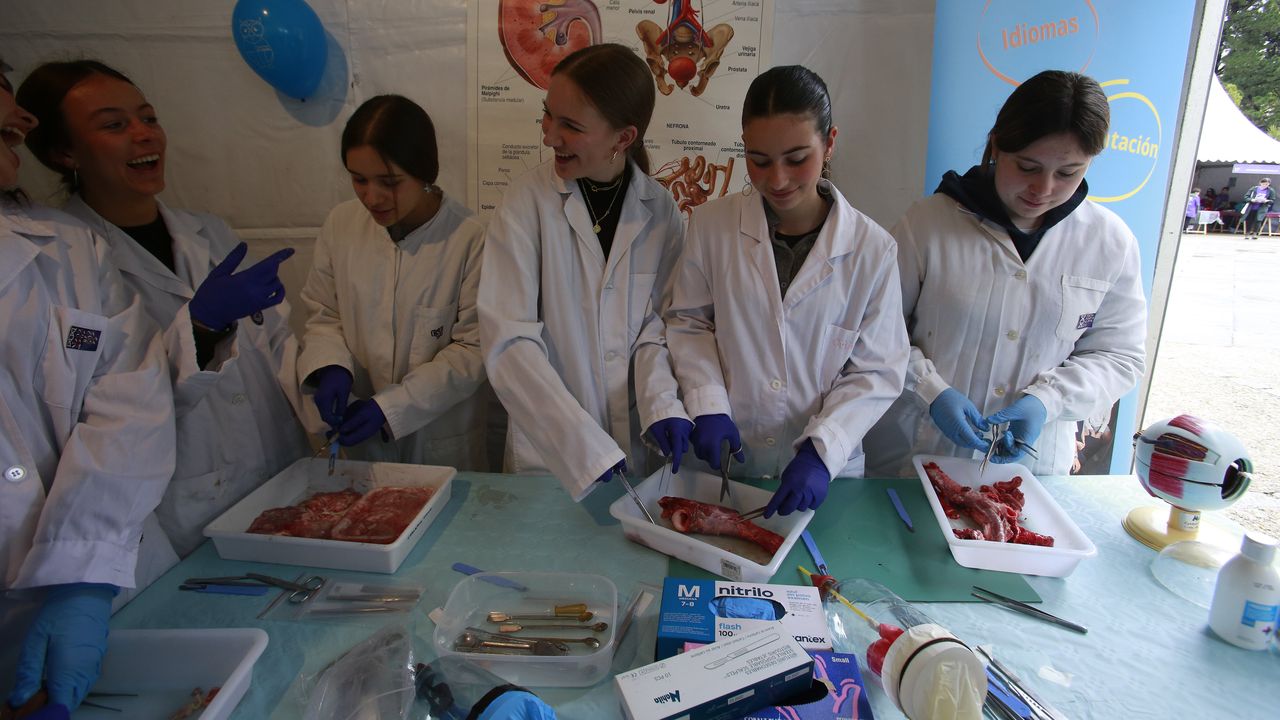Patients in the low and high dose groups improved significantly at 3 months
|
Highlights
|
summary
High dose versus low dose exercise therapy in osteoarthritis of the knee
background:
The benefits of exercise in patients with osteoarthritis of the knee have been well documented, but the optimal dose of exercise is still unknown.
Goal:
To compare high-dose versus low-dose exercise therapy with regard to knee function, pain, and quality of life (QoL) in subjects with symptomatic long-term symptomatic knee osteoarthritis.
design:
A Swedish and Norwegian multicenter randomized controlled trial of superiority with multiple follow-up up to 12 months post-intervention. (ClinicalTrials.gov: NCT02024126)
session:
Primary health care institutions.
Patients:
189 patients with diagnosed knee osteoarthritis and a history of knee pain and decreased function were assigned to either high-dose treatment (n = 98; 11 exercises; 70 to 90 minutes) or low-dose treatment (n = 91; 5 exercises; 20 to 30 minutes). .
to intervene:
Exercise programs adapted to the patient according to the principles of medical exercise therapy. Global (aerobic), semi-universal (multi-part), and local (joint-specific) exercises were performed 3 times per week for 12 weeks under the supervision of a physical therapist.
Measurements:
The knee injury and osteoarthritis score (KOOS) was measured every two weeks during the 3-month intervention period and at 6 and 12 months after the intervention.





